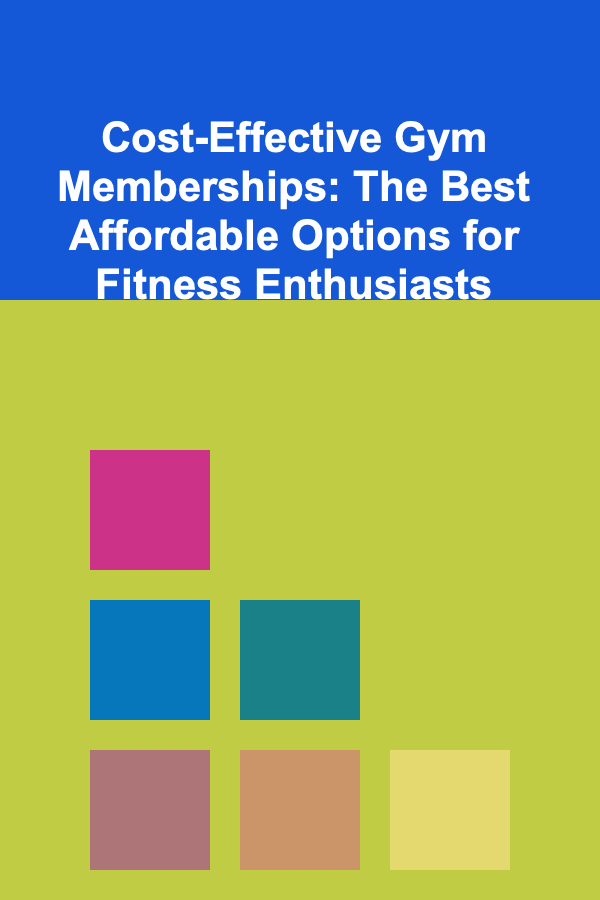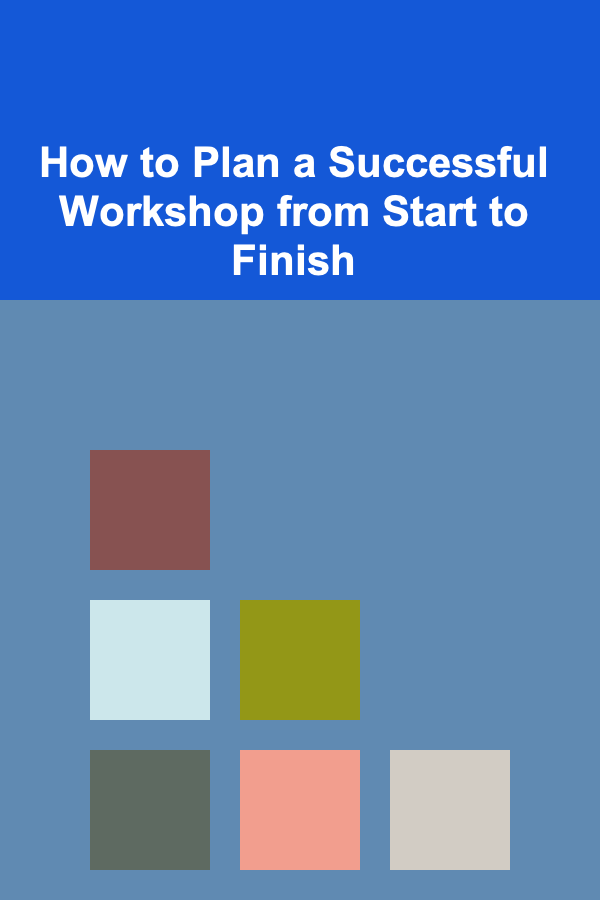
10 Tips for a Daily Pilates To-Do List for Beginners
ebook include PDF & Audio bundle (Micro Guide)
$12.99$5.99
Limited Time Offer! Order within the next:
Not available at this time

Pilates is a versatile and highly effective form of exercise, known for its emphasis on controlled movements, core strength, flexibility, and mind-body connection. Whether you're looking to improve posture, enhance flexibility, or build a stronger core, Pilates is an excellent choice for beginners. However, getting started can feel overwhelming due to the wide variety of exercises and techniques available. To help you start your Pilates journey with confidence and success, we've put together a daily to-do list to guide you through your Pilates practice.
In this article, we'll share 10 practical tips for creating a daily Pilates routine that is accessible, manageable, and effective for beginners. By following these tips, you'll gradually build strength, improve flexibility, and establish a consistent Pilates practice that fits your lifestyle.
Start with a Warm-Up
Every workout, no matter the intensity, should begin with a proper warm-up. A warm-up increases your heart rate, improves circulation, and prepares your muscles for more strenuous activity. In Pilates, warming up also helps you connect with your body and focus on your breath.
What to Do:
- Gentle Breathing Exercises: Begin with deep breathing to activate the diaphragm and engage your core muscles.
- Cat-Cow Stretch: Start in a tabletop position (on hands and knees), alternating between arching your back towards the ceiling and lowering your belly towards the floor. This stretch helps warm up the spine.
- Spinal Rolls: Stand tall, then slowly roll down to touch your toes, one vertebra at a time, before rolling back up.
Why It's Important:
Starting with a warm-up prepares your body, reduces the risk of injury, and helps establish the mind-body connection that Pilates emphasizes. Taking time to properly warm up will also make your Pilates practice more enjoyable and effective.
Focus on Breath Control
Breath is a central aspect of Pilates. The controlled breathing techniques help you engage your core, focus your mind, and improve the efficiency of your movements. As a beginner, learning to breathe correctly is essential to mastering Pilates.
What to Do:
- Inhale through your nose to prepare for movement and exhale through your mouth as you execute the movement. Focus on drawing your navel towards your spine as you exhale.
- Use your breath to initiate movement: For example, inhale as you lengthen your body and exhale when you engage muscles or perform a movement.
- Practice diaphragmatic breathing: As you breathe in, expand your ribs and lungs, filling your belly with air. As you exhale, gently contract the abdomen.
Why It's Important:
Proper breathing improves muscle engagement, ensures you're using your body efficiently, and helps you avoid tension in your neck and shoulders. It also encourages relaxation and concentration, which are essential for your Pilates practice.
Work on Your Core Strength
Pilates is well known for its emphasis on core strength. Your core isn't just your abs; it includes all the muscles that stabilize your spine and pelvis. Building core strength helps improve posture, stability, and balance.
What to Do:
- The Pilates Hundred: Lie on your back with your legs in a tabletop position. Lift your head, neck, and shoulders off the mat, and pump your arms up and down while keeping your abs engaged. This classic move is a great core workout.
- Planks: Start in a forearm plank position, ensuring that your body is in a straight line from head to heels. Hold the position for 20--30 seconds at first, gradually increasing the duration as you build strength.
Why It's Important:
A strong core is the foundation of Pilates and aids in almost every exercise you perform. As a beginner, you should focus on mastering core engagement to build a solid base for more advanced moves.
Incorporate Flexibility Training
Pilates is not just about strength; it also focuses on improving flexibility. Incorporating stretches into your daily routine will help you lengthen muscles, increase joint mobility, and improve your overall range of motion.
What to Do:
- Rolling Like a Ball: Sit on your mat, knees pulled towards your chest, and hold your shins. Rock back and forth along your spine, engaging your abs to control the movement. This helps stretch the back and strengthen the core.
- The Saw: Sit tall with your legs extended in front of you, feet flexed. Reach your opposite hand toward the opposite foot, twisting from your spine while maintaining a straight back. This stretches the spine and hamstrings.
Why It's Important:
Improved flexibility reduces muscle stiffness, promotes relaxation, and enhances overall functional movement. Pilates stretches will also help prevent injury as you progress in your practice.
Focus on Controlled Movements
In Pilates, it's not about how fast you can move but about how controlled and precise each movement is. Focusing on control rather than speed ensures that you're engaging the correct muscles and achieving maximum benefit from each exercise.
What to Do:
- Slow Down: Perform each movement slowly and with intention. Focus on the quality of your movement rather than the quantity.
- Mind-Muscle Connection: As you move, concentrate on the muscles you're targeting and make sure you're activating them properly.
Why It's Important:
Controlled movements help build muscle strength and endurance, reduce the risk of injury, and ensure that you are working the muscles correctly. It also enhances the mind-body connection that is key to Pilates.
Set Realistic Goals
As a beginner, it's important to set achievable goals for your Pilates practice. Start with small, manageable milestones and gradually increase the difficulty of your workouts as you improve.
What to Do:
- Start with short sessions: Aim for 10--15 minutes a day to build consistency. As you feel more comfortable, increase the length of your sessions.
- Track Your Progress: Keep a journal or log of your workouts and note improvements, such as longer holds, smoother movements, or increased flexibility.
Why It's Important:
Setting realistic goals keeps you motivated and helps you stay on track. By focusing on gradual progress, you avoid frustration and burnout, allowing your Pilates practice to become a sustainable part of your lifestyle.
Incorporate Rest Days
While Pilates is a low-impact exercise, your body still needs time to recover. Overtraining can lead to fatigue and potential injury, so it's essential to incorporate rest days into your weekly routine.
What to Do:
- Rest 1-2 Days a Week: Allow your body to recover fully. Use these days to focus on other forms of self-care, such as stretching, yoga, or simply relaxing.
- Active Recovery: On rest days, you can engage in light activities, like walking or gentle stretching, to keep your body moving without overloading it.
Why It's Important:
Rest is when your muscles repair and grow stronger. Without adequate recovery, you risk injury and stagnation in your progress. Balancing exercise with rest will help you stay consistent and avoid burnout.
Listen to Your Body
Paying attention to how your body feels during your Pilates practice is essential. If you feel pain, discomfort, or strain, stop and assess your form or modify the exercise. Pilates should challenge your body but never cause pain.
What to Do:
- Modify Exercises: If a particular movement feels too difficult, don't be afraid to modify it. You can reduce the range of motion or use props, like a foam roller or resistance bands, for support.
- Stop if You Feel Pain: A deep stretch or mild discomfort is normal, but sharp pain is a sign that something is wrong. Always listen to your body and adjust accordingly.
Why It's Important:
Listening to your body prevents injury and helps you stay in tune with your physical limitations. Pilates is meant to be a safe, effective practice that can be adjusted to suit your individual needs.
Stay Consistent
Consistency is key to seeing results in any exercise routine, including Pilates. By making Pilates a part of your daily routine, you'll build strength, flexibility, and confidence over time.
What to Do:
- Create a Routine: Choose a specific time of day for your Pilates practice and stick to it. Having a consistent routine helps make Pilates a habit.
- Track Your Consistency: Use a calendar or an app to mark off each day you complete your workout. This will help keep you motivated and remind you of your commitment.
Why It's Important:
Consistent practice leads to faster progress. Over time, Pilates will become second nature, and you'll notice significant improvements in your strength, flexibility, and posture.
Celebrate Your Progress
As a beginner, it's important to celebrate even the smallest victories. Whether you've improved your flexibility, mastered a new exercise, or stuck to your routine for a full week, take a moment to acknowledge your efforts.
What to Do:
- Celebrate Milestones: Reward yourself for achieving personal goals, whether that's treating yourself to a healthy snack or simply giving yourself praise.
- Reflect on Your Journey: Take time to reflect on how far you've come and the positive changes you've made in your body and mindset.
Why It's Important:
Celebrating your progress keeps you motivated and boosts your confidence. Acknowledging the effort you put in will inspire you to keep going, even on days when you feel less motivated.
Conclusion
Pilates is an excellent exercise choice for beginners looking to improve strength, flexibility, and overall health. By following these 10 tips for your daily Pilates to-do list, you can create a sustainable, enjoyable practice that will help you achieve your fitness goals. Remember to start slowly, focus on quality over quantity, and most importantly, listen to your body as you progress. Consistency and patience are key to reaping the full benefits of Pilates, so stick with it and enjoy the journey!

Cost-Effective Gym Memberships: The Best Affordable Options for Fitness Enthusiasts
Read More
How to Inspect and Maintain Your Home's Foundation for Cracks
Read More
How to Plan a Successful Workshop from Start to Finish
Read More
How to Transform Your Guest Bedroom into a Holiday Retreat
Read More
How to Start a Co-working Space
Read More
How To Grow Fresh Mushrooms at Home
Read MoreOther Products

Cost-Effective Gym Memberships: The Best Affordable Options for Fitness Enthusiasts
Read More
How to Inspect and Maintain Your Home's Foundation for Cracks
Read More
How to Plan a Successful Workshop from Start to Finish
Read More
How to Transform Your Guest Bedroom into a Holiday Retreat
Read More
How to Start a Co-working Space
Read More